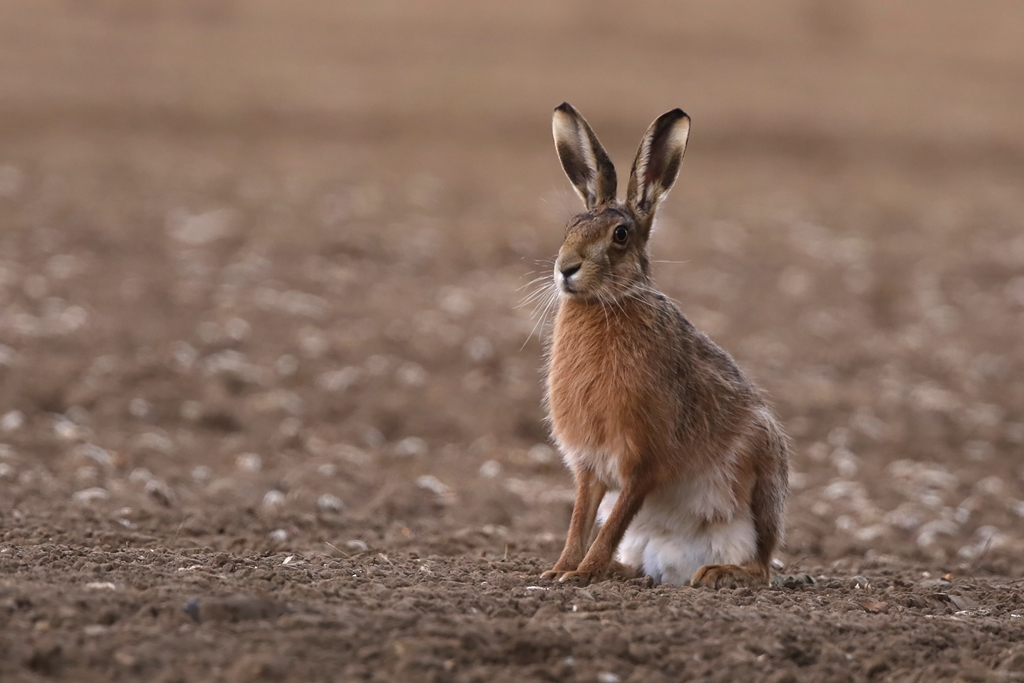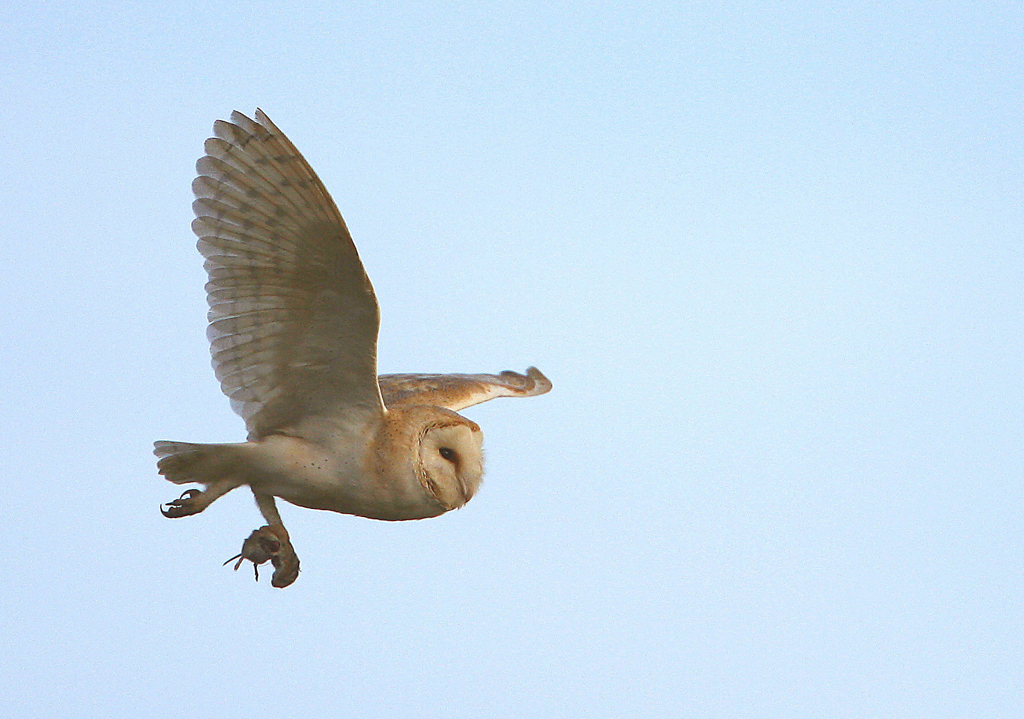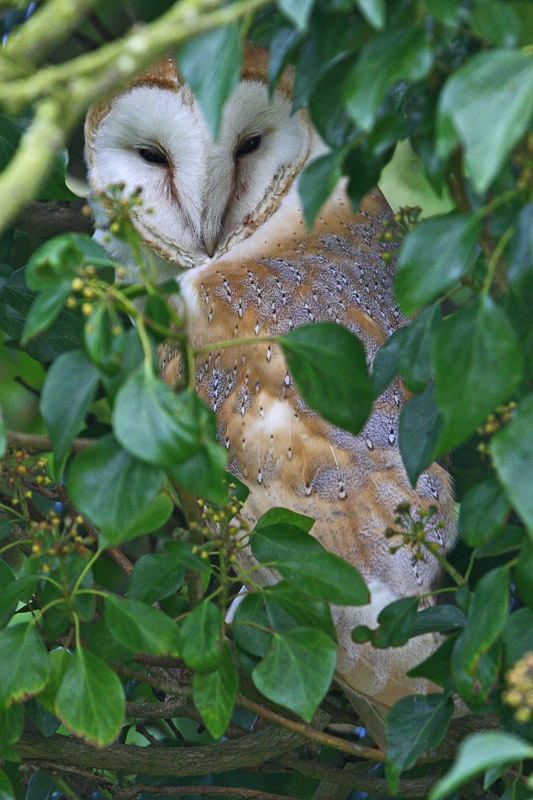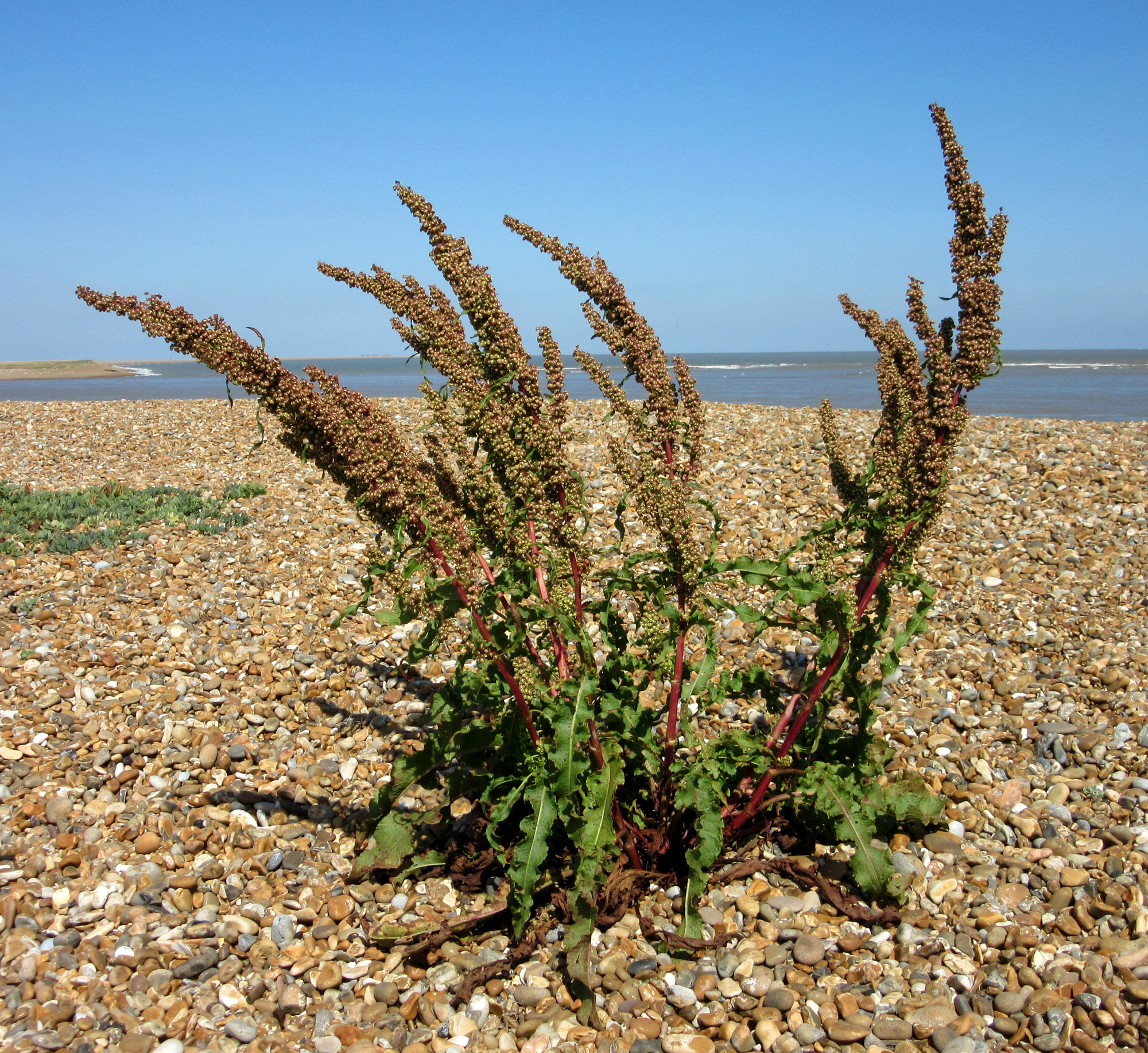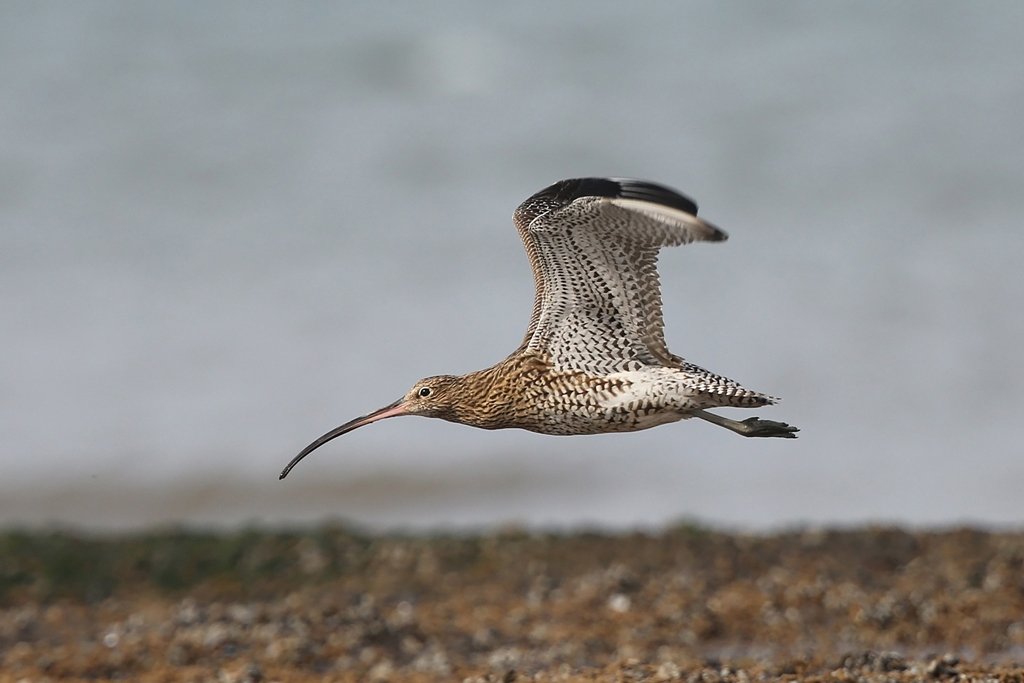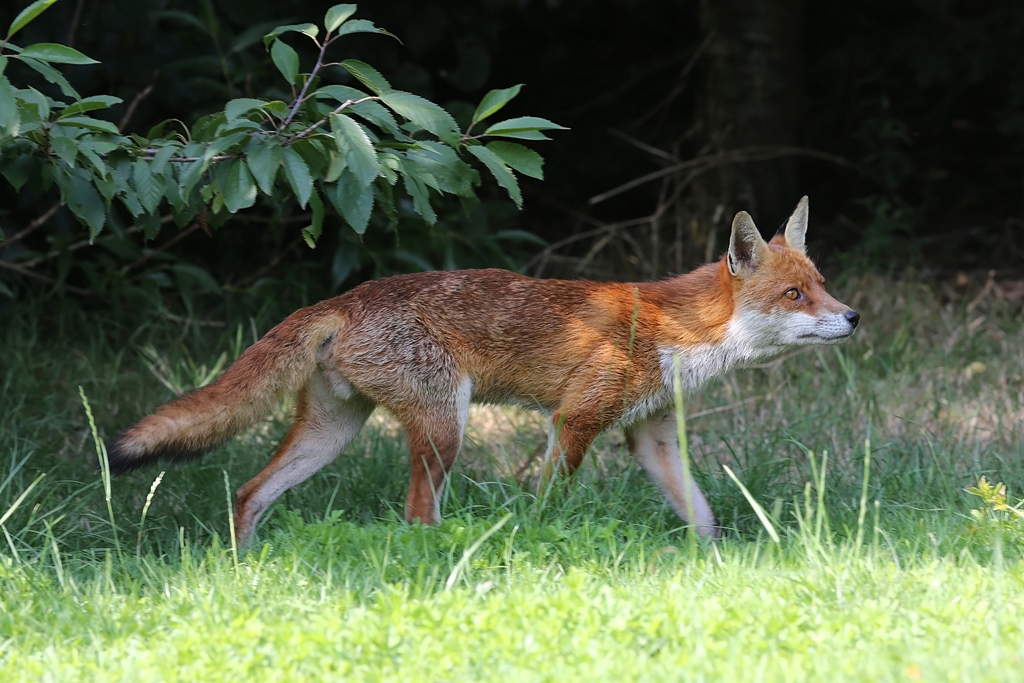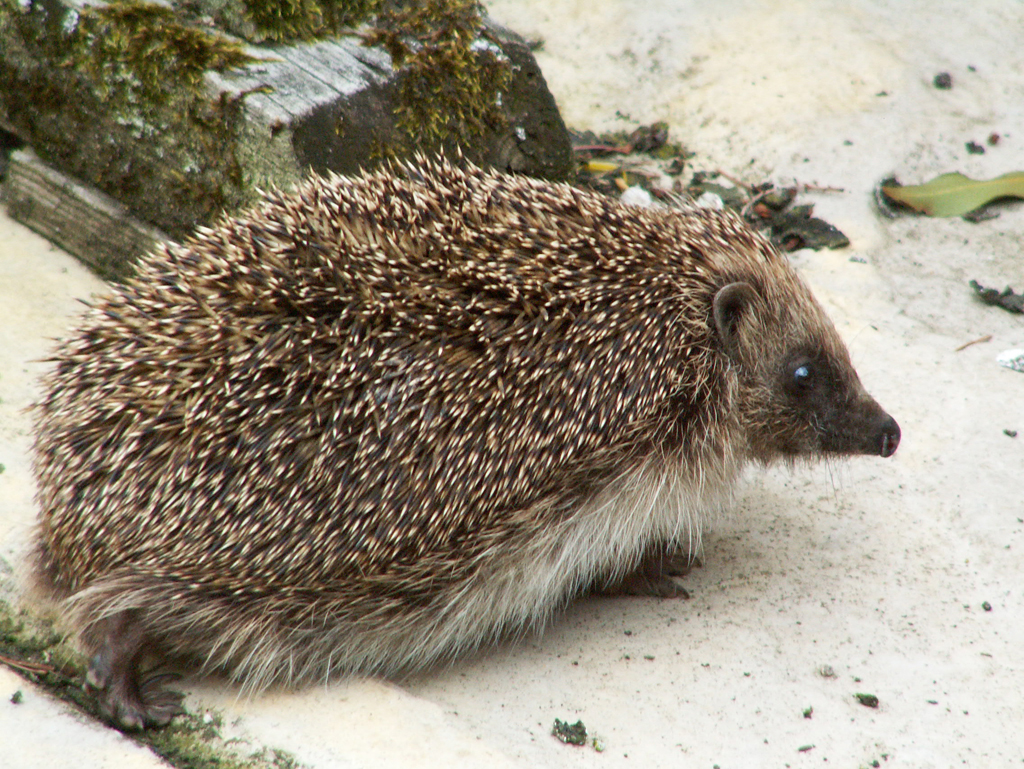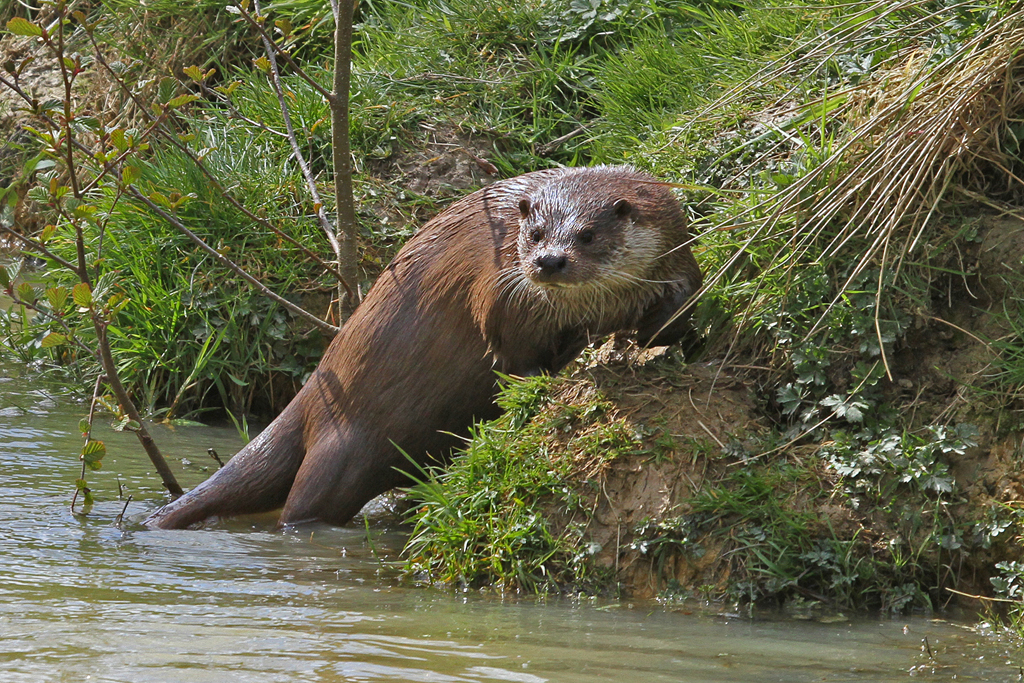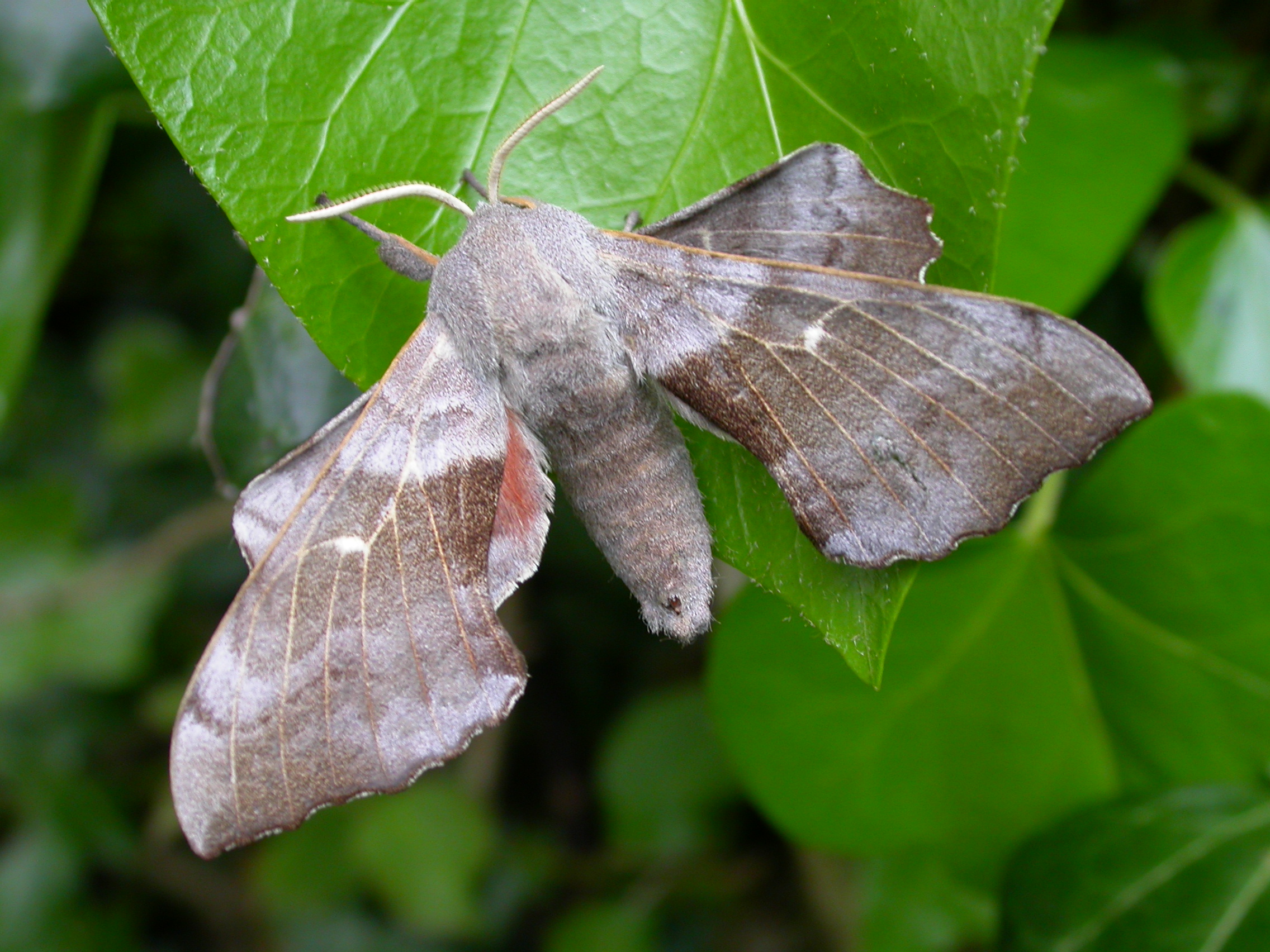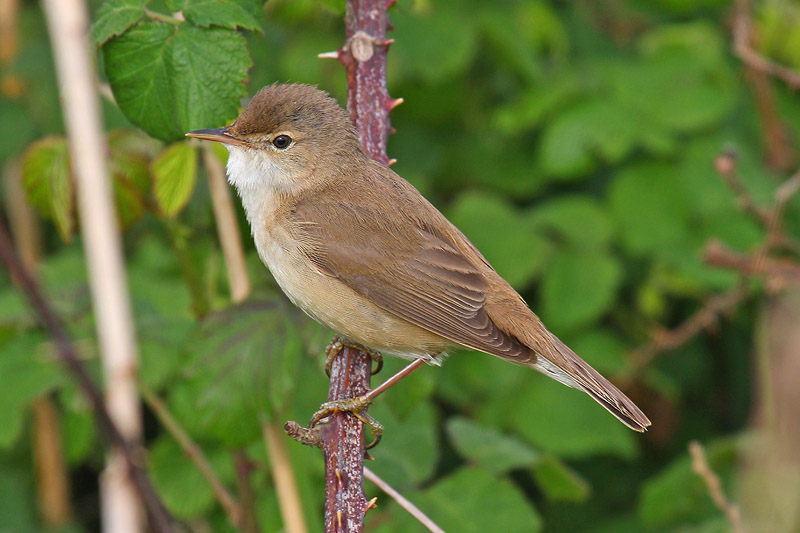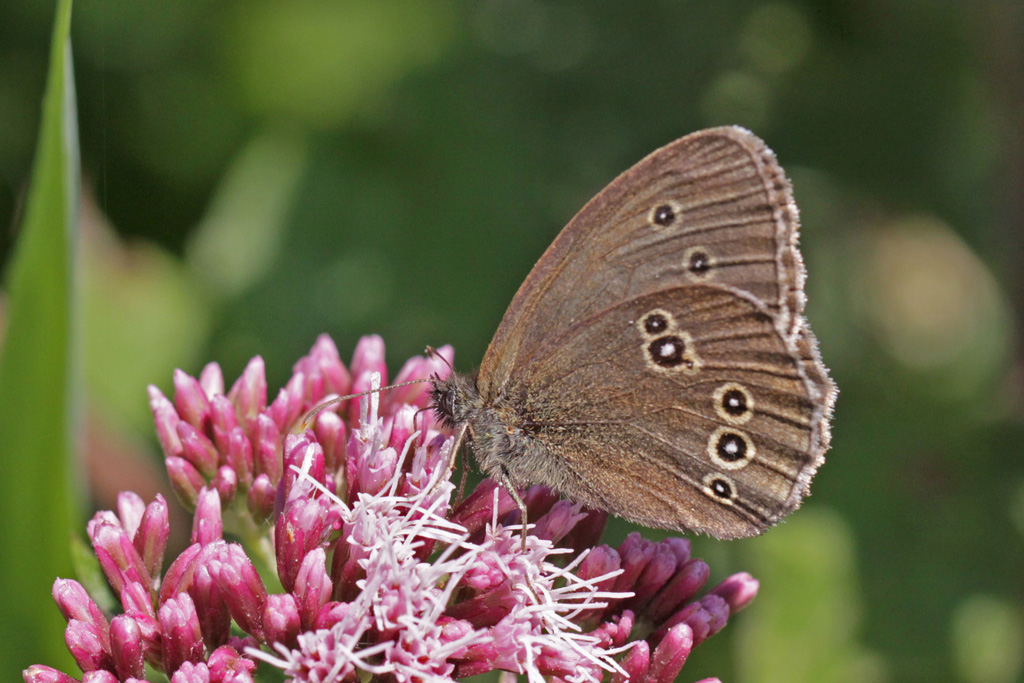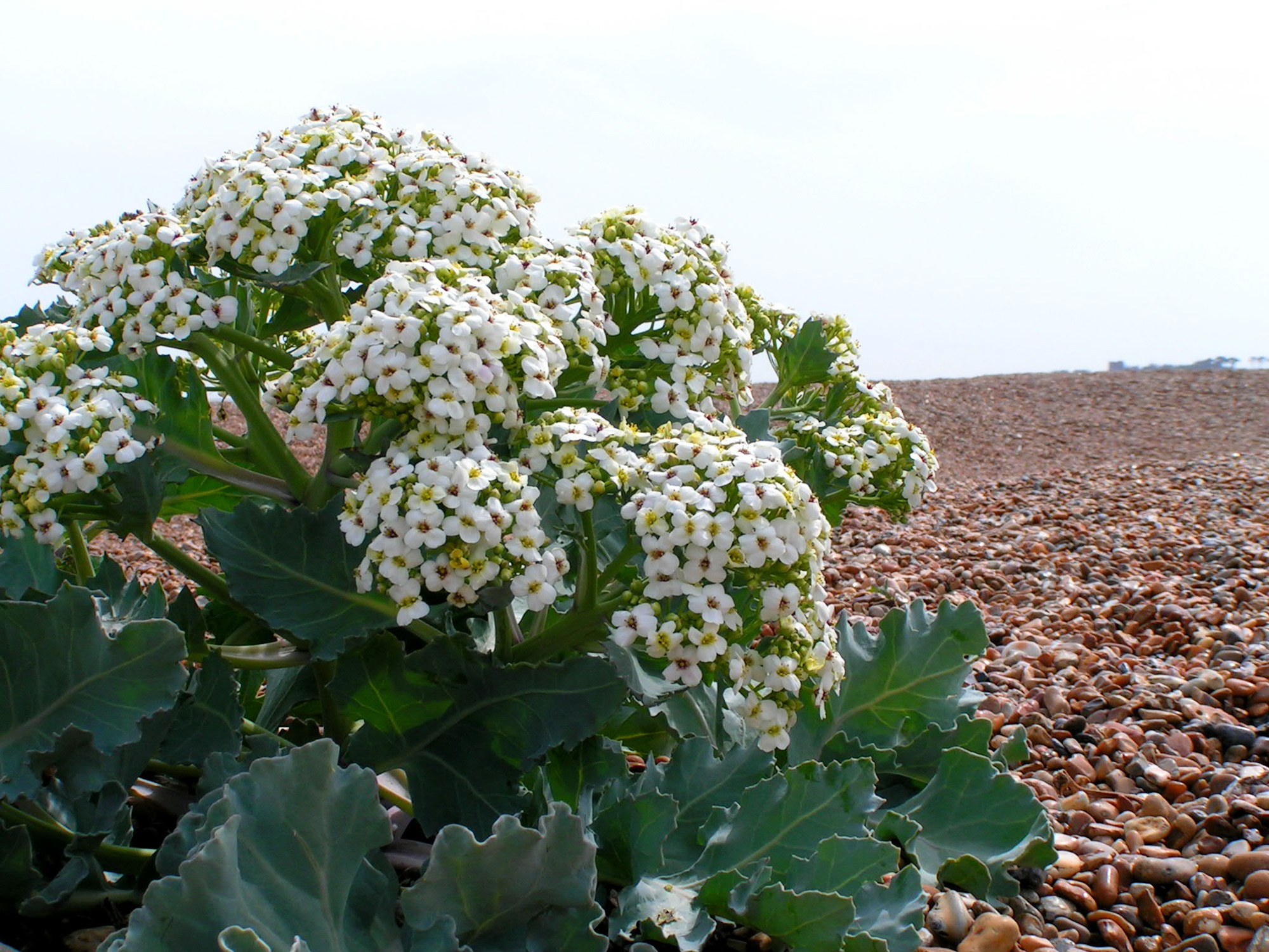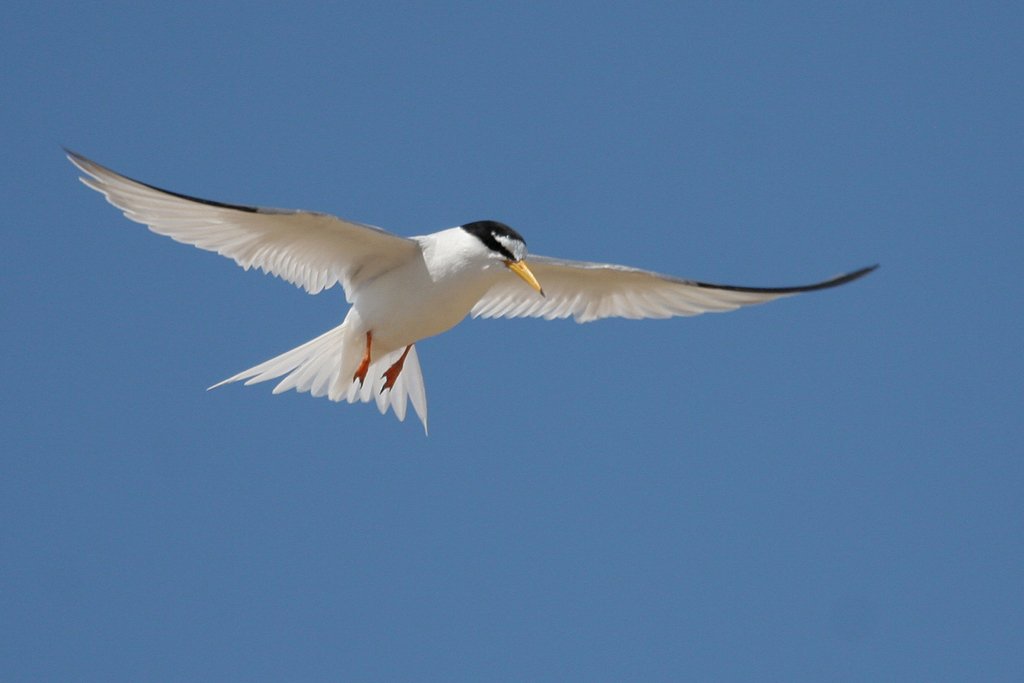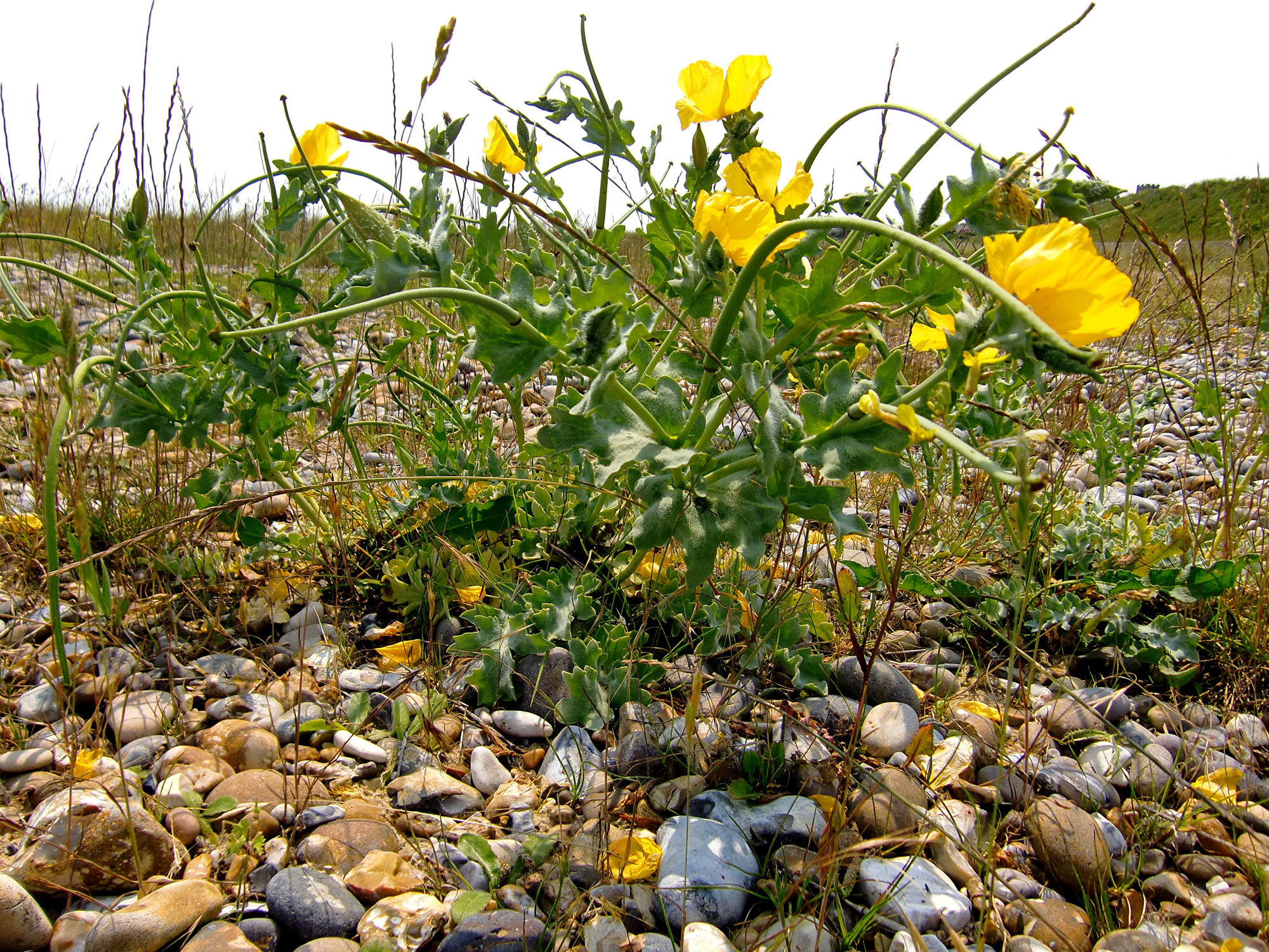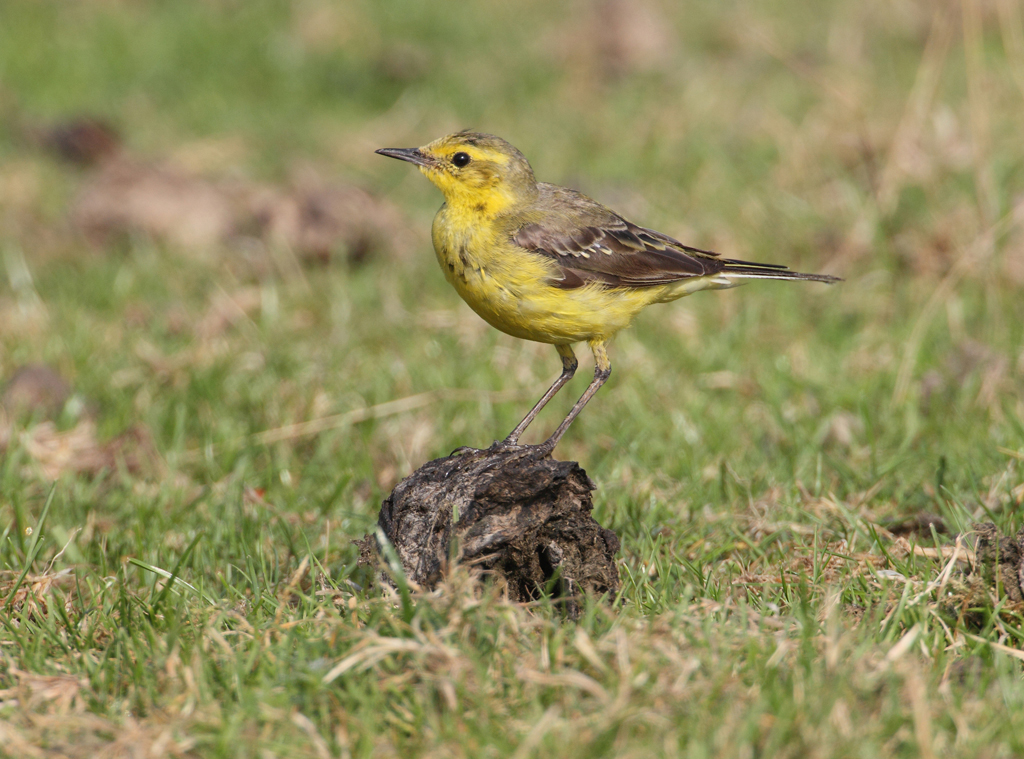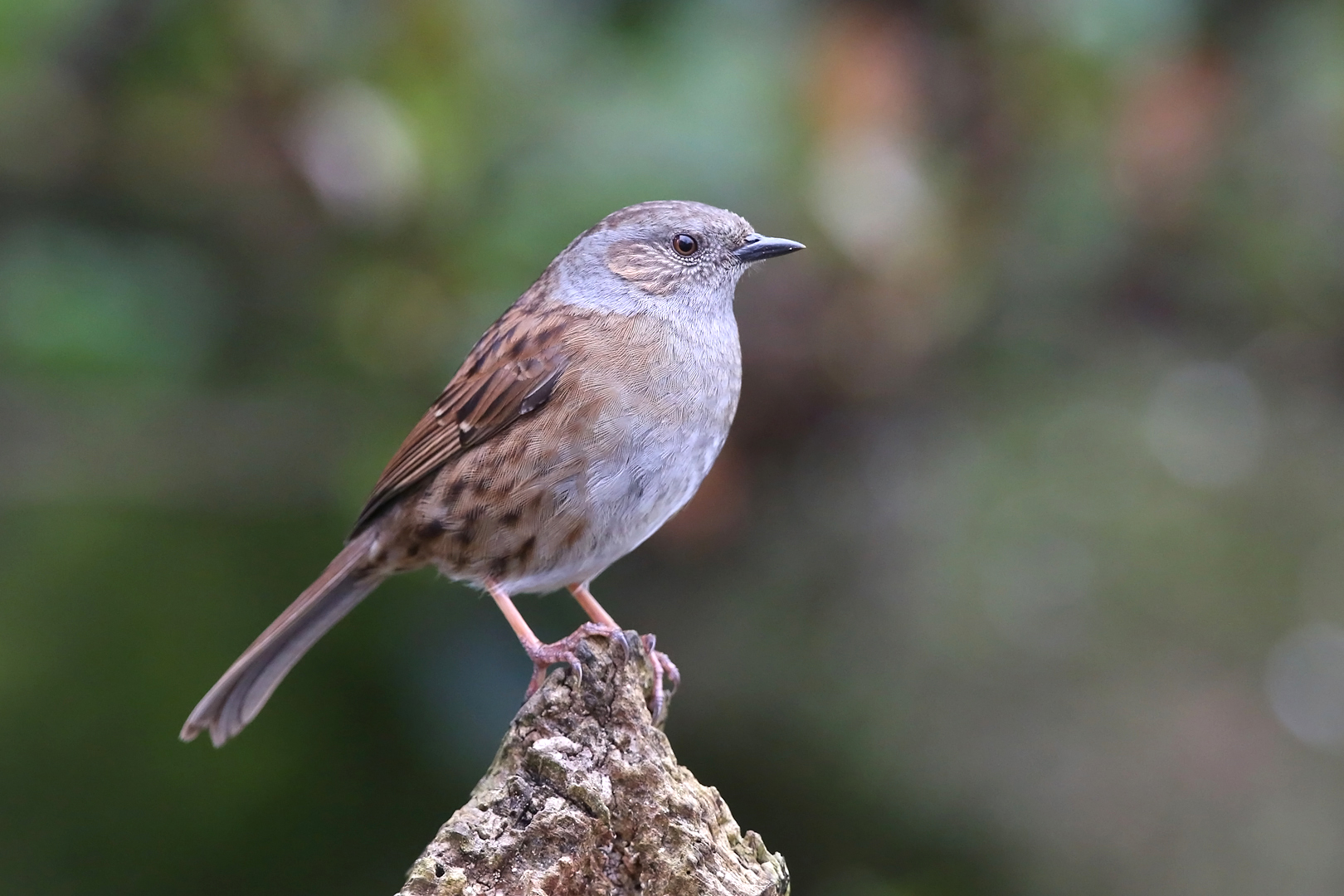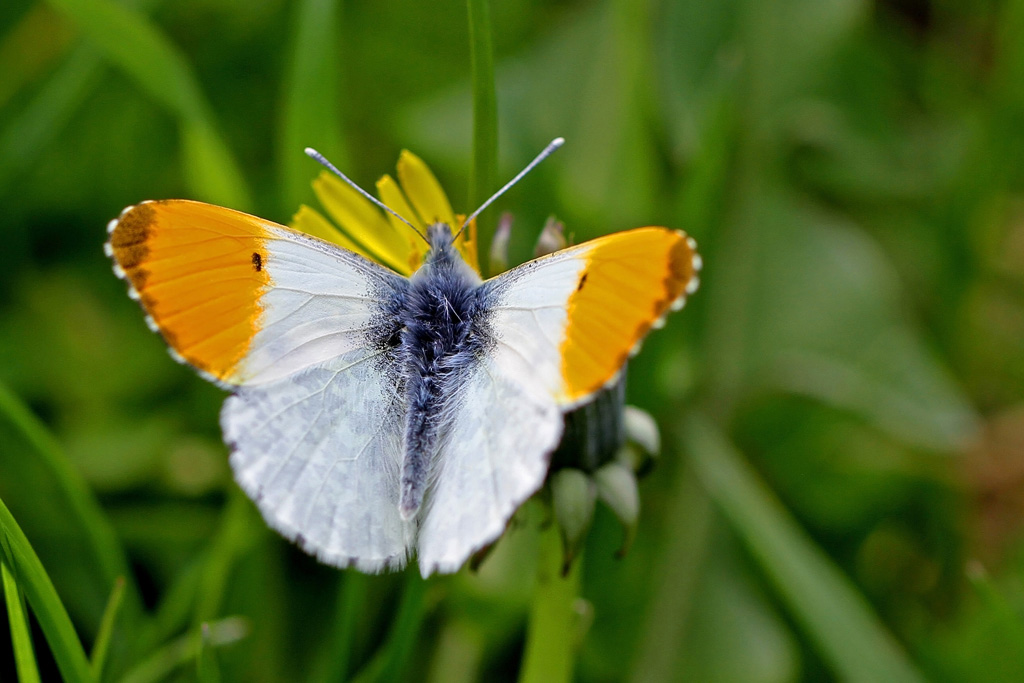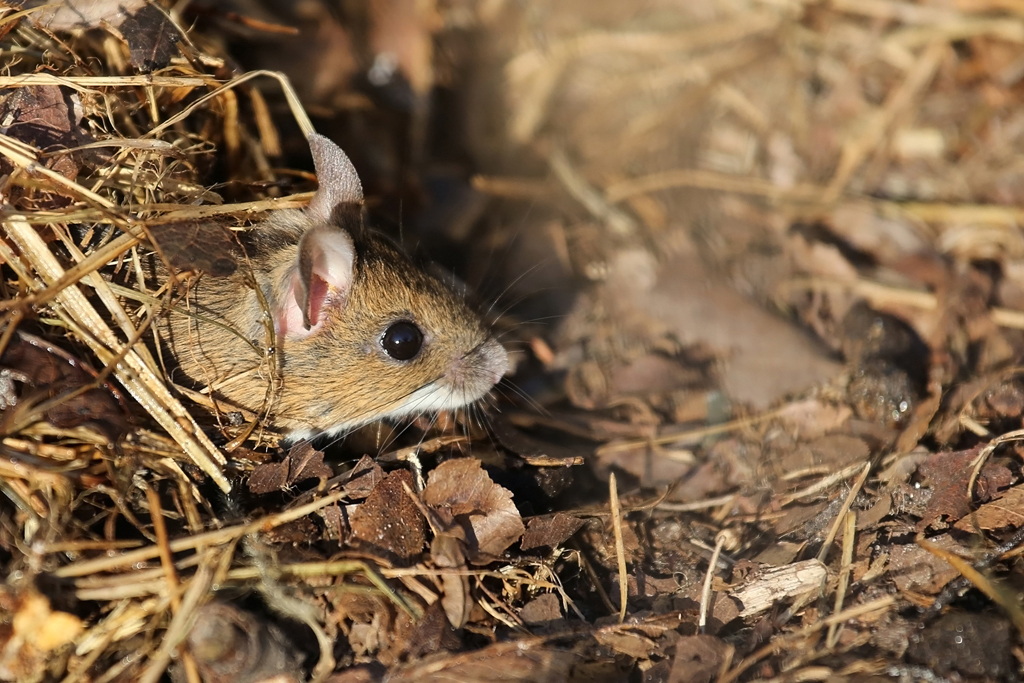Category: Birds
nightjars
starlings
signs of autumn
Female marsh harrier
Village Voices Nature Note: a Local Success Story
I see that the Minsmere bird reserve is celebrating its 75th anniversary this year. Congratulations! It’s a haven for all kinds of wildlife, of course – some 6,000 different species at the last count – but its long history has been especially associated with one particular bird, the avocet, surely one of our most charismatic national species. Avocets are quite unmistakable. They’re tall, graceful wading birds, a picture of elegance with that pied black-and-white plumage – both bold and delicate at the same time, like fine porcelain. They have unusual upturned bills, which they swish from side to side, sifting the saline pools for small crustaceans and invertebrates, and they have those lovely long legs in an extraordinary shade of pale blue. Even the name sounds attractive. It’s derived from the Italian and sounds so much more elegant, as you might expect from the Italians, than the old English names of scoop-bill, clinker, yelper and barker. Avocets are impossible to miss if you are near a colony, since they keep up a chorus of soft fluting calls should you approach too close. In fact, if they think their chicks are threatened they can become quite aggressive and the avocets turn into exocets, dive-bombing the intruder.
Even if you’ve never seen a real avocet you must have seen an image of one, since they have long been the official RSPB logo and appear everywhere on their badges, signs and products. This was a very shrewd commercial choice by the RSPB, since not only are the birds beautiful to look at but they are also the perfect symbol of a great conservation success story. Avocets disappeared from Britain as a breeding species in the nineteenth century, as a consequence of human persecution and wetland drainage, but they miraculously reappeared in 1947 just after the end of the war, ironically returning to a habitat of flooded farmland and marshland which had been deliberately created as part of our coastal defences. They found their own way back to the Suffolk coast at two places: Minsmere, which is now the premier RSPB reserve in the country, and Havergate Island in the Ore estuary, where they bred successfully under conditions of high security (the RSPB even had a secret code name for the place – Zebra Island’). Since then avocets have spread along the East Anglian coast in suitable habitats, but they still need our protection in the breeding season, especially from uncontrolled dogs on the local seawalls – we had a tragic incident at Shingle Street a few years back. Let’s help preserve our avocets as a happy symbol of national recovery and regeneration – the return of a native.
Jeremy Mynott
11 May 2022
Village Voices Nature Note: Despite Everything, Spring!
The chiffchaff is just a tiny olive-green warbler, weighing no more than a 2p piece, but it’s always the first migrant to make the long journey back. I listen out for it eagerly every March and think of it surfing the green wave of spring that travels steadily north across Europe, bringing with it a new season of light, warmth and growth. Twenty years ago they would arrive here about 15 March and fifty years ago 31 March – that’s global warming for you, but the thrill has been the same each time.
This year is different in another way, though. It’s just as exciting to hear this herald of spring again, but it’s terribly poignant. The news from Ukraine is almost unbearable and other, human, migrants are streaming across Europe in despair. It will soon be the spring equinox, the moment in the year when night equals day and the forces of darkness and light are in equilibrium. That’s a perfect metaphor for this conjunction of destruction in the human world and rebirth and renewal in nature. I had the same feeling in March 2020 when the Covid pandemic first took a grip, right at the start of one of the best springs in living memory. The spring was unstoppable then and so it will be again this year, just as the tides will rise and fall every day, regardless of human disasters. And we can find hope, beauty and consolation in these natural rhythms, of which we are an integral part, if we respond to them fully. That’s not evading the bad news but counteracting it.
You can listen to the chiffchaff’s onomatopoeic song, if you just google chiffchaff song. Some old country names represent this as chip-chop, chit-chat, siff-siaff (Welsh) or tiuf-teuf (Irish); while the Dutch call it tjift-tjaf and the Germans zilp-zalp. Whatever the language, by the time you read this the chiffchaffs will have arrived all over Europe, with the promise of spring in their songs.
Village Voices Nature Note: A Local Exotic
Well, that was a very good description of what is certainly a charismatic bird, but not in this case an exotic one – it’s a common British resident, the green woodpecker. We naturally associate all our native woodpeckers with trees, as their name suggests, and they do indeed use their powerful dagger bills to excavate nest holes in tree-trunks, probe the bark for grubs and drum on hollow branches to advertise their presence both to rivals and potential mates. But the green woodpecker has also developed this further habit of using its formidable drilling equipment to dig into ant colonies in our lawns and lick up the inhabitants with their specially adapted tongues.
The artist Leonardo da Vinci, who observed everything with insatiable curiosity, was fascinated by woodpecker tongues – why were they so long, he asked, and how were they housed in the woodpecker’s head when they were retracted? The answer was later revealed by dissection and is illustrated in this little diagram of a skeleton: the tongue is literally wrapped around the brain and its elastic movements are controlled by specially adapted bony cartilages.
In spring, the male green woodpecker has a very distinctive territorial call, a descending peal of (usually seven) loud ‘laughing’ notes that gave the bird its old country name ‘yaffle’. Another folk name was ‘rain bird’. It was widely believed that the yaffle’s call presaged rain, which would bring out the insects on which the bird feeds. An easy prediction to make in Britain, perhaps, when it is always about to rain anyway, but quite false. Possibly it derived from an even older, more primitive belief in the woodpecker as the ‘thunder bird’, who summons up the rain with his resounding drum-roll and wears the red badge of lightning on his crest.
Anyway, no need to invoke foreign exotica with such wonders close to home.
Village Voices Nature Note: The Sign of Summer
After a few minutes, I hear a rustling very close by. A beetle? A mouse? No, it’s a wren, working its way busily through the undergrowth, picking up tiny insects invisible to my eye with deft little pecks and pounces. I don’t move a muscle, trying to look like an extension of the log. The wren’s nearly at my feet when it senses an unusual presence and flicks a little way off to continue its rummaging, but not before I get my best-ever view of its subtly variegated dead-leaf colours and the stiff little cocked tail.
Now a moorhen paddles slowly by in the river and a male blackcap sings from a branch – so close that its pure fluting song is almost too piercing. After an hour of immobility, I’m almost a woodland feature. A seven-spot ladybird lands on my hand, some wood ants investigate my boots, and the wren makes another pass, more boldly this time. And now a butterfly settles right next to me in a patch of sunlight – a male orange-tip. What a beauty! This is the first I’ve seen this year and it really does capture the spirit of spring with those sunshine orange flashes on its wings. Soon there will be lots of them on the wing searching out their favourite plants, garlic mustard and lady’s smock, both them just coming into flower with perfect timing. The orange-tip’s Latin name is Anthocharis, flower grace, and the French call it L’aurore, the dawn, a nice suggestion of a new beginning.
Some people walk by just the other side of the river, another interesting species that doesn’t notice me, or much else. There’s a move to re-wild our landscapes, but I emerge from my immersion in nature feeling that we could all do with some rewilding ourselves. We’re part of nature too.
Village Voices Nature Note: The Rooks Return
As soon as a BBC drama features an English churchyard scene you know they’ll soon be dubbing in a sound-track of rooks cawing in the tree-tops, a subliminal reassurance of an enduring rural scene. Enduring except for the trees, that is. Rooks used to prefer mature elms, but they’ve gone; second choice was ash, becoming endangered; so now most often here, sycamore, beech and oak.
Rooks and crows are often mistaken for each other, but the old country saying largely holds good, ‘A crow in a crowd is a rook and a rook on its own is a crow’. Shakespeare didn’t help this confusion with his line in Macbeth, ‘The crow makes wing to the rooky wood’. Scarecrows are misnomers, too, since it’s rooks they are meant to drive off the crops. In fact, this is doubly inappropriate since rooks feed mainly on grubs and insects, so serve to protect the crops, and that despite their scientific name of frugilegus ‘crop-picker’. Rooks and crows look quite different, anyway. Rooks have that whitish patch of bare skin round the base of the bill – visible from quite a distance; and their plumage seems one size too large for them, especially on the thighs, which look as if they are covered by baggy, feathered shorts. They walk differently, too. Crows stalk about rather menacingly, while rooks waddle.
The collective term for rooks is a ‘parliament’. I used to think that too staid a word for their noisy, obstreperous gatherings. But the way things have gone recently in the world’s parliaments, I now think it may be unfair to rooks.




